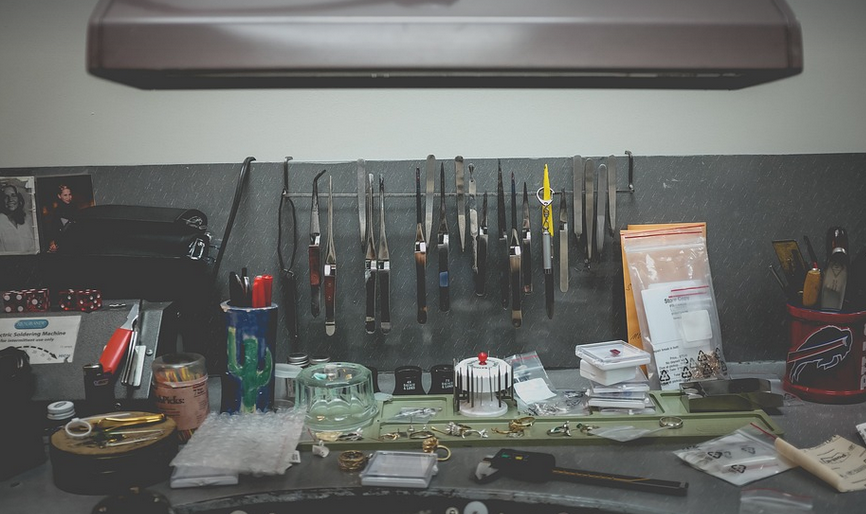
A Cozy Problem: Understanding Mold Growth Around Windows
Who hasn’t noticed a pesky bit of mold creeping up on their window caulking? It’s a common sight that can raise eyebrows and even make you feel uneasy. This unwelcome guest, often accompanied by an unpleasant musty odor, isn’t just a cosmetic concern; it signifies potential moisture problems in your home.
Mold thrives in damp environments, and windows are notorious for attracting moisture. It’s the perfect setting for those microscopic fungi to begin their growth journey, turning once-clean caulking into a canvas for mold colonies. But before you despair about that unsightly patch, let’s delve deeper into understanding how this happens and what steps we can take to prevent it.
Why is Window Caulking Susceptible to Mold Growth?
Window caulking holds the vital role of sealing gaps between walls and windows. However, over time, this protective layer takes a beating from various weather conditions: humidity, temperature changes, exposure to direct sunlight, and even natural wear-and-tear.
This constant exposure creates an environment where moisture can accumulate within the caulking, creating the perfect breeding ground for mold. This is exacerbated by several key factors:
- Condensation: The condensation that forms on cold windows during humid conditions can seep into the gaps between the window and the wall, leading to dampness.
- Poor Ventilation: Insufficient airflow around windows allows moisture trapped within the house to build-up.
- Leaks: Even small leaks in your roof or walls can seep into the caulking, introducing a constant flow of wetness.
So, How Do You Prevent Mold on Window Caulking?
Thankfully, tackling this issue takes no more than a few proactive steps:
• **Regular Inspection and Cleaning:** This is the most crucial step. Schedule a routine inspection for your windows every few months. Look for any signs of dampness or mold growth on the caulking. Once you notice a patch, it’s time to act.
• **Keep Things Dry: ** Moisture control starts with understanding the source of moisture in your home. Ensure proper ventilation throughout your house by opening windows and using exhaust fans during cooking, showering, or cleaning.
• **Caulking Maintenance:** Maintain your caulking regularly to prevent trapped moisture. A good caulk job can help keep those pesky waterlines at bay.
The Importance of Ventilation
Ventilation is not just a tip for avoiding mold; it’s often the foundation of preventing dampness in your house. Proper ventilation removes excess air and freshens up your home, making it less conducive to mold growth.
Here are some practical ways to implement good ventilation:
- Window Positioning: Ensure windows are strategically placed to allow for cross-ventilation. Place them opposite each other or open both for maximum airflow.
- Fans: Use Exhaust Fans: Installing exhaust fans in your bathroom, kitchen, and laundry room helps remove moisture after showers, cooking, and washing clothes which can lead to mold growth.
- Air Purifiers: Invest in an air purifier to help circulate clean air in your home. This is especially useful for homes with older units or with high humidity levels.
The Power of Cleaning and Treatment
If you’ve already dealt with some mold growth on window caulking, the good news is that it can be effectively dealt with through proper cleaning and treatment:
• **Cleaning:** Use a gentle detergent solution diluted in water. Ensure that you thoroughly rinse the caulking with clean water to remove any remaining residue.
• **Drying:** After cleaning, allow the caulking to dry completely before sealing it again.
• **Treatment:** If the mold growth is severe or persistent, consult a professional for treatment. Using special anti-mold solutions and techniques helps clean and prevent regrowth.
Preventative Measures: Keeping Mold at Bay
Remember, preventing future mold in your caulking requires a combination of smart habits and preventive measures:
- Regular Inspection: Schedule a routine inspection for your windows every few months to catch any signs of moisture buildup or mold.
- Ventilation is Key: Always ensure proper ventilation in your home, especially in areas prone to humidity like bathrooms and kitchens.
- Maintain Caulking: Regularly inspect caulking for wear-and-tear. Keep it well maintained to prevent moisture buildup.
Professional Help When Needed
While you can effectively tackle mold on your window caulking yourself, if a widespread infestation occurs or the problem persists despite your efforts – it’s time for professional help!
A professional cleaner or contractor will have the experience and knowledge to identify the root cause of the issue. They know the right solutions and can ensure that you don’t just treat the symptoms but address the underlying issues.